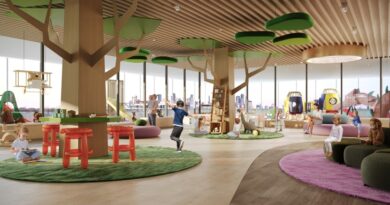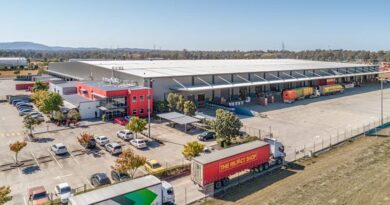Housing Prices Continue to Move Upwards
In Melbourne, prices for both houses and other dwellings (flats, units and townhouses) are rising rapidly as the city’s population continues to grow strongly. There was a 5.1% increase to $431,000 in the September quarter, and a 9.9% increase over the year. Other dwelling prices also followed suit, with a 5.1% increase over the quarter to $367,800, and a 13.9% increase over the year.
Other strong performers in house prices are Adelaide and Hobart, which both saw a 2.3% increase in prices to $320,000 and $317,000 respectively. This represented a 10.7% annual growth for Adelaide and a 9.3% annual growth for Hobart.
The market is steadier in Sydney and Perth, although these two cities have the highest prices for houses in Australia. After several quarters of lacklustre prices in Sydney, there has been a modest recovery this quarter with 1.5% growth in house prices to $538,400 (a 3.4% increase over the year). There was a slight fall in Sydney other dwelling prices, down 0.9% to $360,900, with no change recorded in the median price over the year.
Perth has seen a slight recovery in the September quarter, with its median house price increasing by 0.7% to $455,000, after a short lull in price growth during the first half of the year. Prices for other dwellings were stronger however, with a 2.8% quarterly growth and an 8.8% annual growth to $370,000.
Like Perth, Darwin house prices have not shown much growth in the quarter, up 1.3% to $400,000 (a 3.9% increase over the year. Other dwelling prices however have skyrocketed, with a 14.6% quarterly increase to $320,000 (a 28.3% increase for the year to September 2007).
Canberra was the only capital city to experience a slight decline in house prices in the September quarter, down 0.4% to $425,000. This is still 8.1% higher than the corresponding quarter last year. Other dwelling prices were up 3.3% over the quarter to $346,000, a growth of 11.0% over the year.
REIA President Noel Dyett says, ‘Despite rising interest rates, the availability of housing finance and a relative under-supply of housing resulted in steady growth in the housing market during the quarter and the year to September 2007.
‘For the first time, both Perth and Melbourne recorded a higher median than Sydney for other dwellings in September. The upward movement in prices for other dwellings suggests that many home buyers are considering medium and higher density housing as more affordable options in a market where affordability is very low.
‘Population growth driven by immigration, skills shortages in the construction sector, land release issues, and investor preference for other asset classes are all contributing factors,’ says Noel Dyett.
‘There are two distinct markets emerging in Australia. In the first home buyer market, declining affordability is having a major impact and buyer numbers have fallen, with first home buyer loans only representing 17.7% of total loans in September, compared with the longer term average of 20%. There is a second healthier market for established buyers who are able to leverage equity and higher incomes to cope with the increasing median prices for both houses and other dwellings,’ says Noel Dyett.
Median prices are not yet available for Brisbane. These will be published in the Mortgage Choice/REIA Real Estate Market Facts report, together with a comprehensive analysis of median prices, median rents and vacancy rates for all capital cities on 10 December 2007.






